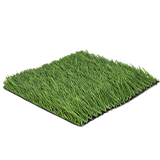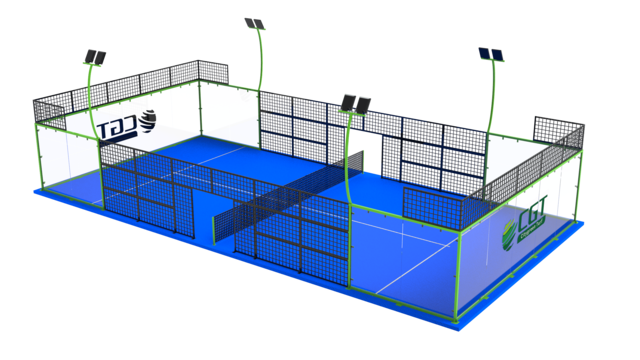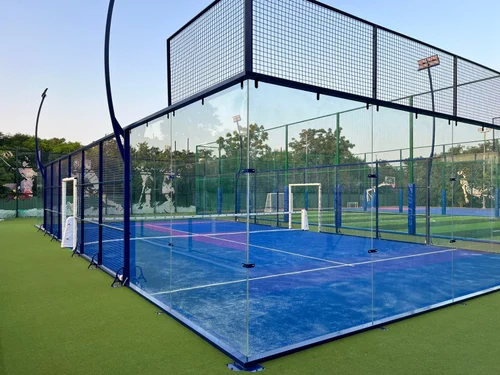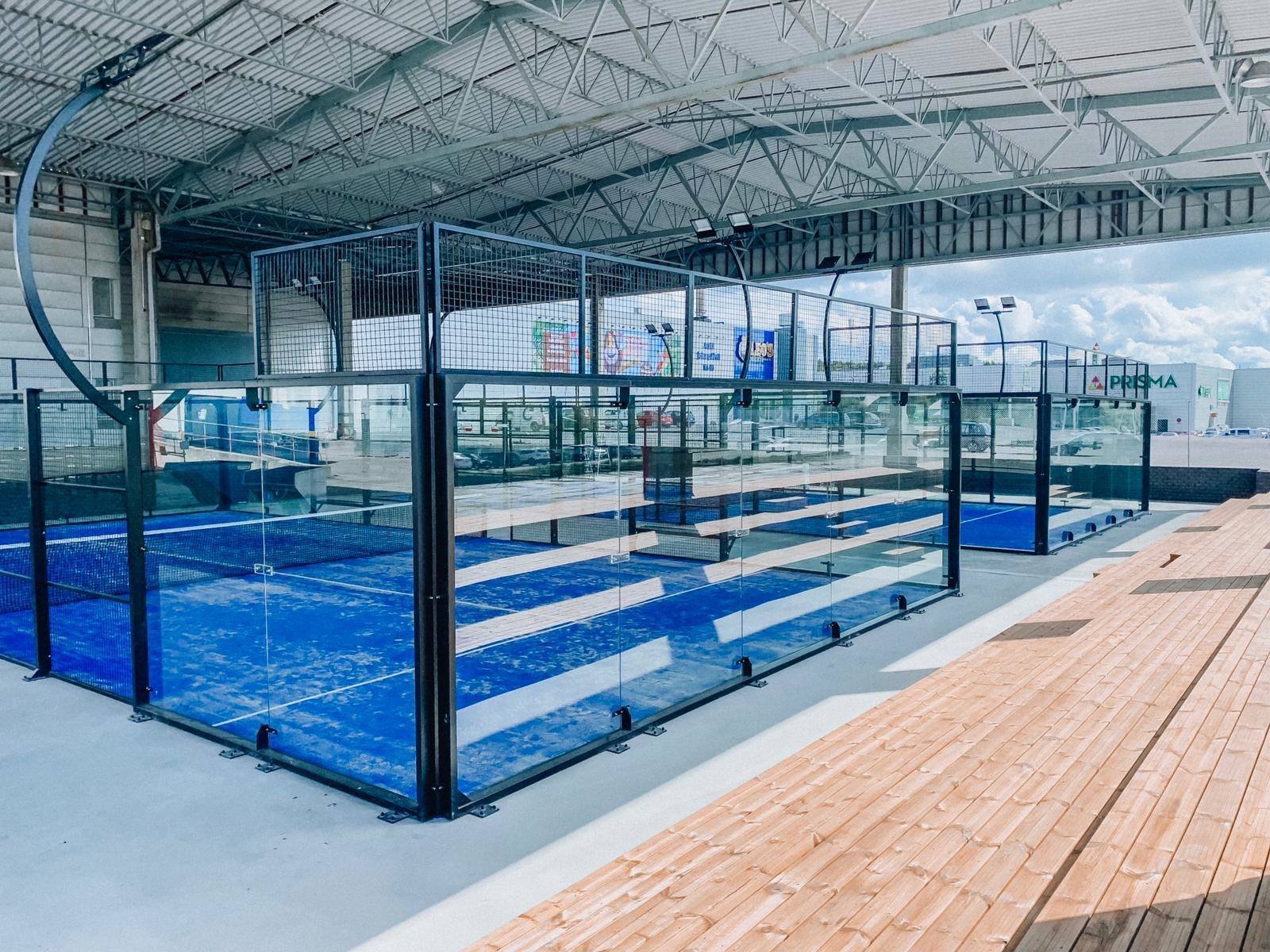Proper padel court maintenance is essential for ensuring safe play, consistent performance, and long-term durability—especially for facilities that rely on high-quality systems such as artificial turf, steel structures, and tempered glass enclosures.
For those planning new installations or evaluating upgrades, you can explore our three padel court systems here:
[Super Panoramic Padel Court]
[Standard Panoramic Padel Court]
[Premium Panoramic Padel Court]
In addition to selecting the right system, ongoing maintenance plays a critical role in protecting structural integrity, preventing premature wear, and maintaining warranty compliance. This guide outlines the recommended daily, weekly, and monthly procedures designed for clubs, schools, sports complexes, and commercial facilities.
To support further planning and operation, you may also find these resources helpful:
[How to Choose Padel Court for Your Projects]
[Padel Court Installation Requirements]
Purpose:
This guide provides court owners, facility managers, and maintenance personnel with clear and practical instructions for the proper use and upkeep of padel courts, including artificial turf, steel structures, and tempered glass components. Regular maintenance—through inspection, cleaning, and preventive care—is essential to ensure player safety, maintain structural integrity, preserve visual appearance, and extend the service life of the court while remaining compliant with warranty requirements.
Disclaimer:
The maintenance guidelines provided in this document are general recommendations based on typical padel court usage and standard environmental conditions. Actual maintenance needs may vary depending on several factors, including but not limited to frequency of use, local climate (e.g., humidity, UV exposure, rainfall), surrounding vegetation, and whether the court is installed indoors or outdoors. Facility owners are responsible for monitoring site-specific conditions and adjusting maintenance schedules accordingly to ensure long-term performance, safety, and warranty compliance.
Section 1. Steel Structure & Glass Panels
1. Daily Maintenance
1.1 Visual Inspection
- Inspect all glass panels for visible cracks, chips, or surface damage.
- Check the steel structure for any signs of surface rust, dents, or deformation.
- Confirm that all doors, hinges, and locks operate smoothly and securely.
- Weekly Maintenance
2.1 Glass Panel Cleaning
- Clean both sides of the glass panels using a soft microfiber cloth and a neutral pH, non-abrasive glass cleaner.
- Avoid using harsh chemicals, abrasive pads, or tools that may scratch or damage the glass surface.
2.2 Structural Hardware Check
- Inspect bolts, screws, brackets, and other fasteners to ensure they are tight and secure.
- Check welded joints and structural connections for any signs of fatigue or cracking.
- Monthly Maintenance
3.1 Detailed Surface Cleaning
- Clean the steel structure with a mild soap solution and a soft cloth or sponge.
- Rinse thoroughly with clean water.
- Pay special attention to corners, joints, and areas where moisture or dirt tends to accumulate.
3.2 Corrosion Prevention
- Inspect for rust spots on the steel frame.
- Sand affected areas lightly and apply anti-corrosion treatment followed by a weather-resistant topcoat if necessary
- Use rust-inhibiting paint matching the original color for minor touch-ups.
4. Quarterly or Seasonal Maintenance
4.1 Component Lubrication
Lubricate all moving parts such as hinges, latches, and door closers using a silicone-based or approved lubricant.
4.2 Seal and Fastening Check
- Inspect rubber seals and gaskets around glass panels for wear, cracks, or detachment. Replace any damaged components.
- Confirm that all glass panels remain correctly aligned and securely fixed within their frames.
4.3 Structural Stability Inspection
- Check for any movement, distortion, or instability in the steel structure.
- Reinforce or repair any areas showing signs of stress or loosening.
5. Annual Maintenance
5.1 Professional Inspection
Arrange a comprehensive inspection by a qualified technician to assess:
- The integrity of the steel structure and joints
- The condition and securement of the glass panels
- The overall stability and safety of the court enclosure
5.2 Protective Coating Renewal
If signs of paint deterioration or fading are evident, consider recoating the steel components with UV- and weather-resistant paint or powder coating.
5.3 Glass Panel Assessment
Replace any glass panels with visible chips, cracks, or micro-fractures that may compromise safety, even if they appear minor.
6. General Safety and Maintenance Notes
- Do not use high-pressure water jets directly on glass edges or steel joints.
- Avoid any direct impact or excessive pressure on glass surfaces.
- Maintain a detailed log of all inspections, cleaning activities, and repair work.
- In coastal or high-humidity regions, increase inspection frequency due to higher risk of corrosion.
- Ensure maintenance is performed by trained personnel or under professional supervision.
Steel and Grass Panels Maintenance Frequency Summary
|
Frequency |
Maintenance Tasks |
|
Daily |
- Visual check for any signs of damage, vandalism, or loose components (bolts, caps, frames). |
|
Weekly |
- Wipe down steel posts and frames with a soft cloth and neutral detergent to remove dust buildup. |
|
Quarterly |
- Check for signs of corrosion or paint peeling on the steel structure; treat and repaint as needed. |
|
Annually |
- Conduct a full structural safety audit with a certified technician. |
Section 2. Padel Artificial Turf Surface
I. Usage Guidelines
1. Footwear Policy
Only wear appropriate sport-specific footwear designed for synthetic turf use.
Metal-spiked shoes or non-athletic footwear are strictly prohibited.
Facility owners are advised to display clear signage outlining footwear requirements at all court entrances.
2. Post-Installation Procedures (First 4 Weeks)
During the first month following installation:
- Irrigate the turf once per week using a sprinkler system to aid in compacting the silica sand infill.
- The court will reach optimal play conditions after a 4-week stabilization period.
3. Environmental Management
Place waste receptacles at entrances and ensure they are emptied regularly.
Ban foods that produce organic waste or shells (e.g., peanuts, sunflower seeds, oranges) to avoid contamination of the playing surface.
II. Maintenance Protocols
A. Routine Maintenance
1. Surface Cleaning
- Weekly: Remove loose debris, leaves, or litter using soft nylon-bristle brooms or leaf blowers. Take care not to displace sand infill during cleaning.
2. Infill Redistribution
- Biweekly: Use nylon-bristle brushes to brush the turf in multiple directions.
- Focus on redistributing sand from the edges toward high-traffic zones, especially the center and service areas, to maintain consistent ball bounce.
3. Weed and Mold Control
- Biweekly:
- Manually remove weeds from seams and edges.
- Apply a foliar-absorbing herbicide combined with an anti-germination treatment in susceptible areas.
- Immediately remove organic material such as flowers, seeds, or decaying leaves to prevent fungal growth and decomposition.
4. Seam and Line Inspection
- Biweekly: Examine turf seams and painted or tufted line markings.
- Repair any signs of seam separation, curling, or wear immediately to prevent safety hazards or further deterioration.
B. Specialized Maintenance
1. Deep Cleaning (Every 6–12 Months)
- Pressure wash the turf to clean fibers and flush out clogged drainage holes.
- Use professional power brushing equipment to decompact the turf and raise the fibers.
2. Infill Level Adjustment
- Measure infill depth in multiple zones across the field.
- Where depleted, replenish with rounded (spherical) silica sand of appropriate grain size.
- Redistribute uniformly to ensure optimal traction, shock absorption, and ball behavior.
3. Stain and Spot Removal
- For chewing gum: Use freezing spray (e.g., instant ice) to harden the material, then carefully remove with a plastic scraper.
III. Important Considerations
1. Warranty & Compliance
- Any unauthorized repairs, infill replacements, or alterations may void the product warranty.
- Damage due to misuse or neglect is not covered under warranty.
2. Environmental and Site Conditions
- Avoid planting or maintaining resinous or fruit-bearing trees near the court.
- Ensure all court drainage systems are functioning properly to prevent water retention or saturation of the sub-base.
3. Equipment Specifications
- Use only tools with plastic, nylon, or rubber bristles. Do not use metal-tipped tools or equipment.
- If using blowers, ensure they are equipped with catalytic converters to reduce noise and environmental impact.
IV. Maintenance Frequency Summary
|
Task |
Routine Frequency |
Specialized Frequency |
|
Surface Cleaning |
Weekly |
Every 6–12 Months |
|
Infill Redistribution |
Biweekly |
Every 6–12 Months |
|
Weed and Mold Prevention |
Biweekly |
Every 6–12 Months |
|
Seam and Line Inspection |
Biweekly |
Every 6–12 Months |
|
Deep Cleaning & De-compaction |
– |
Every 6–12 Months |
Note: Maintenance frequencies may need to be adjusted based on usage intensity, local climate conditions (e.g., UV exposure, rainfall), and whether the court is located indoors or outdoors.
Conclusion
A well-designed padel court can deliver excellent performance for many years, but only when supported by consistent and proper maintenance. By following the daily, weekly, and monthly procedures outlined in this guide, facility owners can minimize wear, reduce safety risks, and protect every key component—from the glass and steel structure to the artificial turf surface. Regular inspections not only extend the court’s service life but also help maintain warranty coverage and ensure optimal playing conditions throughout the year.
If you are planning new padel courts, upgrading existing facilities, or need professional support for long-term maintenance, our team can help.







